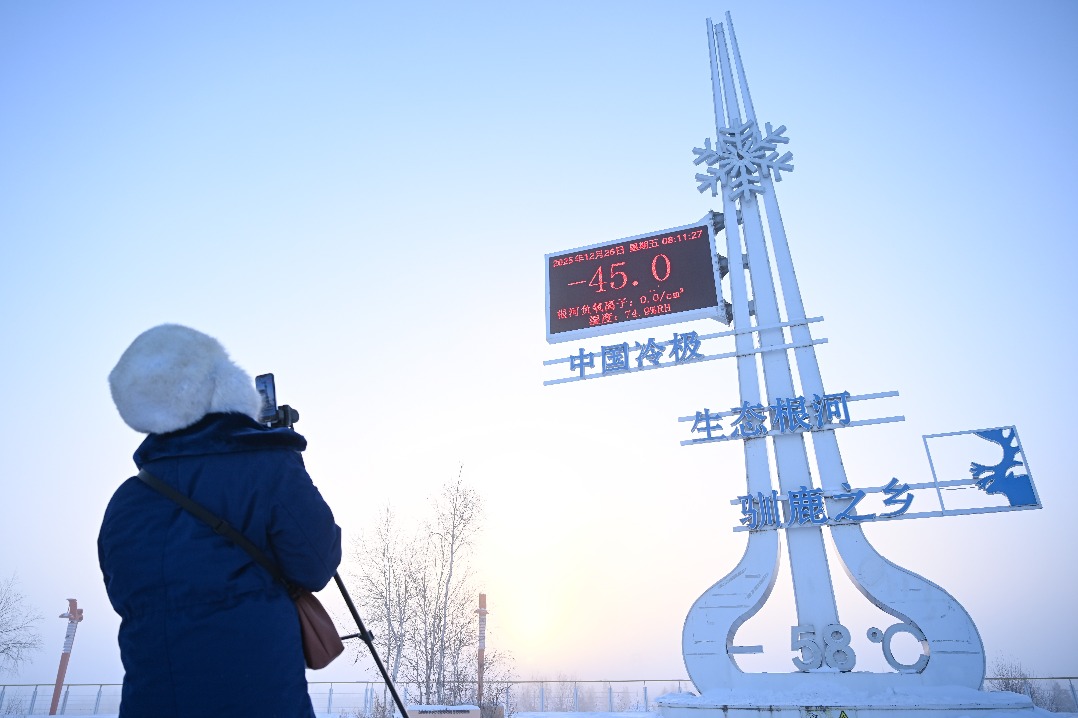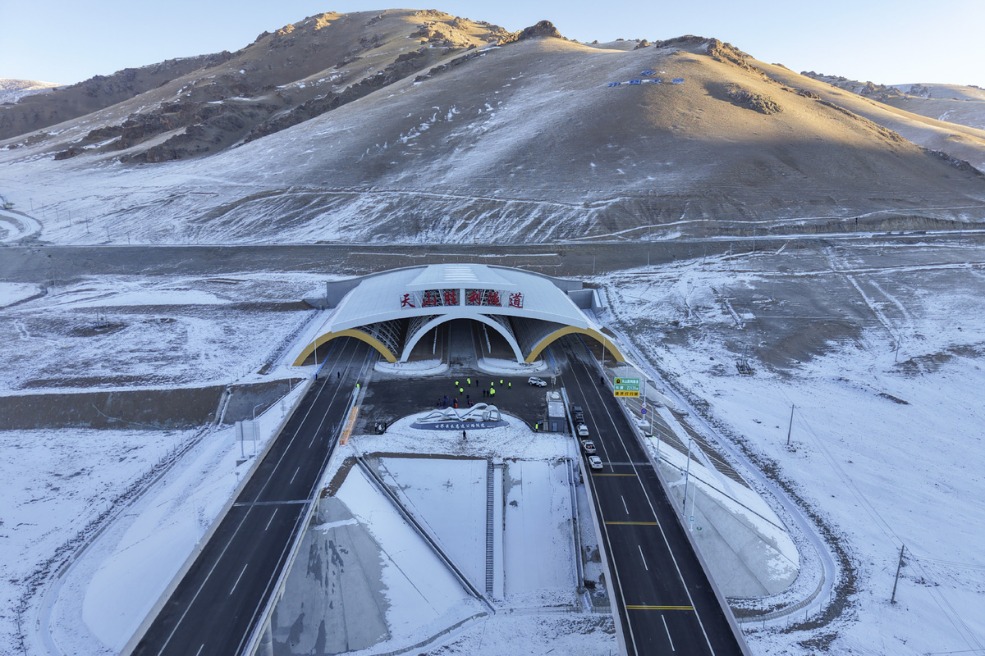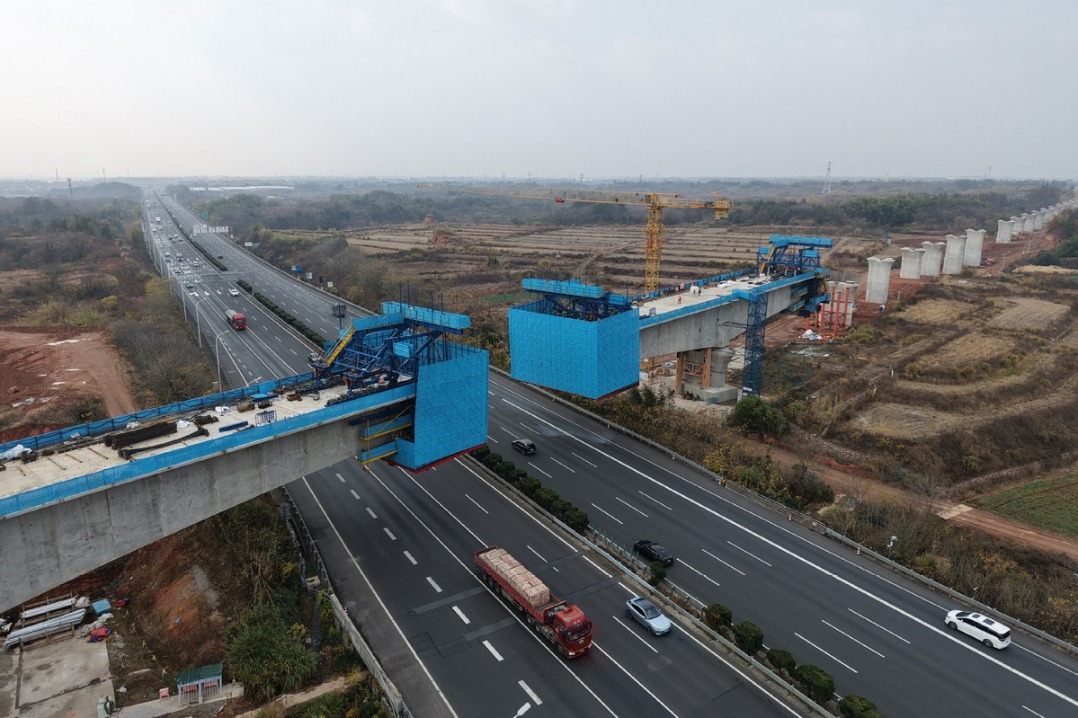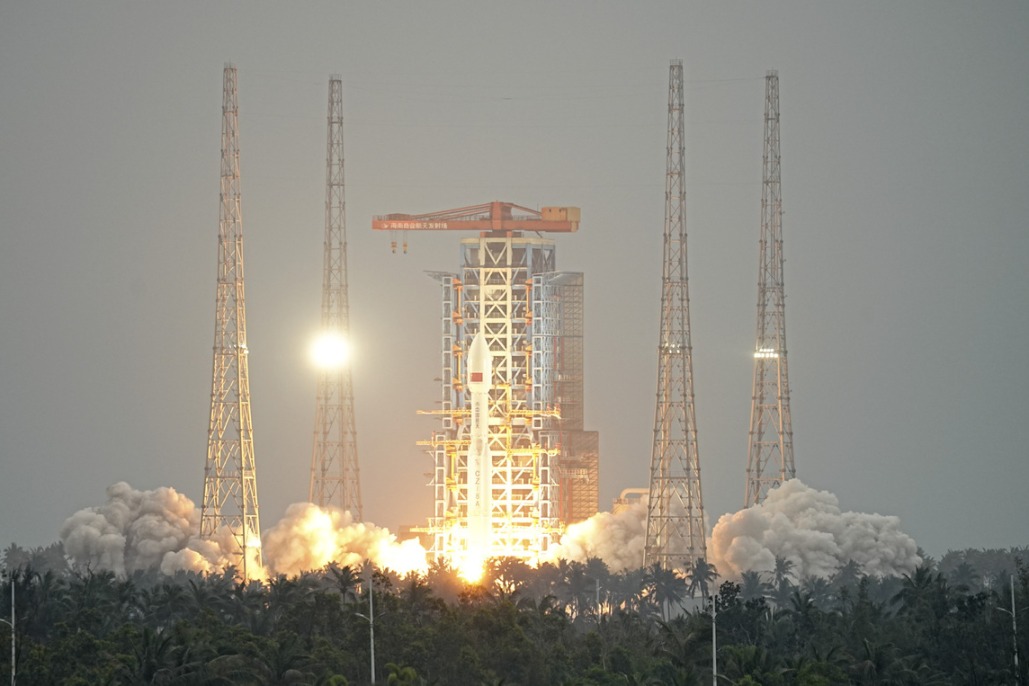Huge challenge looms to achieve pact on plastic

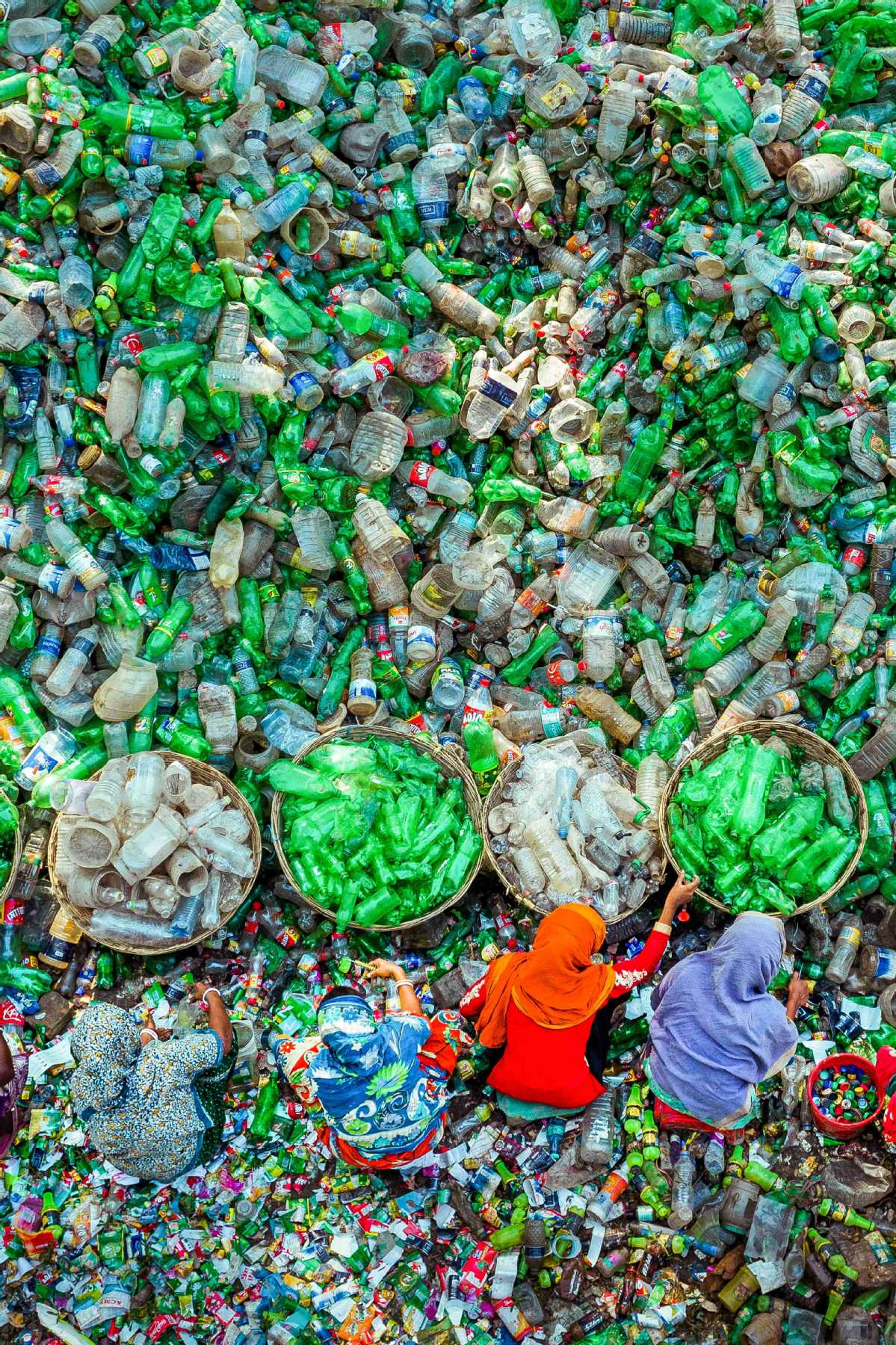
Historic turning point results in global plan to resolve crisis
From the lowest depths of the oceans, to the dizzying heights of the troposphere, plastic is now everywhere.
Scientists have found microscopic fragments of the material in the waters of the Mariana Trench in the Pacific Ocean and even in the air at the Pic du Midi Observatory in the French Pyrenees-known as a "clean station "because of its relative isolation from the world's pollutants.
There are an estimated 5 trillion pieces of plastic in the oceans, and the material is detectable throughout the food chain, from where it finds its way into humans' bloodstreams and organs.
The innumerable uses of plastic and the sheer volume in which it is produced have served to overwhelm voluntary pacts and agreements aimed at regulating the material.
As a result, the UN's decision to negotiate a global treaty on plastics is viewed as a historic and timely move.
At the latest UN Environment Assembly, or UNEA, in Nairobi, Kenya, earlier this year, nearly 200 nations agreed to negotiate over the next two years an internationally binding agreement to address the plastics crisis. The scope of the proposed treaty is far reaching, addressing not just marine and environmental considerations, but all aspects of the plastic life cycle.
The treaty will potentially involve limits on the production of virgin plastics, as leaders agreed that reuse and recycling will not be sufficient to stem the tide of pollution from plastics or reduce the carbon footprint from manufacturing the material, which involves fossil fuels.
Eirik Lindebjerg, global plastic policy manager at WWF International, said: "UNEA's decision was a historic turning point. It's a reflection that the patchwork of national and regional initiatives we currently have-which are mostly voluntary-aren't adequate to effectively and efficiently tackle the problem of plastic pollution."
Peter Thomson, the UN secretary-general's special envoy for the ocean, drew comparisons between the treaty and two other major international agreements-the 1987 Montreal Protocol to protect the ozone layer and the 2015 Paris Agreement on climate change.
During a recent panel discussion organized by the campaign group A Plastic Planet, Thomson said of the assembly in Nairobi, "It was a moment we realized that multilateralism works, that we can do the right thing as member states."
Leaders have until 2024 to negotiate various aspects of the treaty, including making key decisions on which elements of the pact will be legally binding. It is a short time by the standards of the UN, which took four years to negotiate the framework of the Paris Agreement, and seven years to finalize the so-called rulebook for the treaty after its adoption in 2015.
Within this two-year period, opinions will differ on what constitutes an effective plastics plan. There will also be efforts to water down the treaty from stakeholders with an interest in maintaining the status quo.
Graham Forbes, plastics project lead at Greenpeace USA, said, "We expect the fossil fuel industry to continue efforts to undermine progress by focusing on recycling, and we will be there with our allies to ensure a truly circular, full life cycle approach is taken."
- China's Genhe city witnesses extremely cold weather
- Beijing courts handled 15,000 patent cases involving bottleneck technologies
- Beijing gives big boost to IP protection over the past five years
- Man sentenced to death for killing his children
- Hemodialysis services cover all counties with over 100,000 permanent residents
- Flu cases fall to moderate level
















